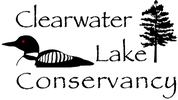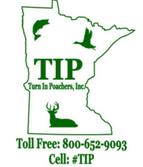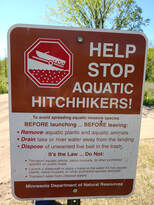|
The following article was written by Tom Watson, President of the Whitefish Area Property Owners Association (WAPOA) for the 2016 Summer newsletter.
Shoreline Erosion & High Water
Shoreline erosion occurs when land at the water’s edge is eroded by wave action. Shoreline erosion is a process that occurs along all waters, lake shores, channels, and rivers. There are many natural causes including wind-generated waves,
water level changes, ice movement, slope of shorelines and banks, and absence of vegetation. Human causes include deforestation of shorelines, unstable shorelands, and wave action from passing recreational boats and other motorized watercraft. Wake is the wave action produced by the wash of passing boats that strikes against the shoreline and banks of lakes, channels and rivers. Wave action from wind action and motorized watercraft/boats/pontoons is especially a problem during high water. The recent July rains in this area of northern Crow Wing County produced at least nine (9”) inches of water and raised lake
levels proportionately. Water levels naturally change over the course of the season, but wide water level fluctuations or “bounce” can be more impacting on some lakes than others. The wave action impact significance varies and may depend, among other things, on the size of the lake, channel and shoreline topography. In larger lakes and channels, boat wakes have relatively little impact compared with natural water wave action. The opposite is true in smaller waterways, lakes and channels where wake actions can have considerable impact. Where motorized watercraft navigate, and their wave action, are therefore very important for effective shoreland management.
The magnitude of the waves generated by a boat depends on different factors, particularly the boat’s speed, its size, passenger/cargo loading, the shape of its hull, distance from shore and water depth. Wave height, both wind generated and boat and watercraft created, is one of the most important factors in preventing shoreline erosion. According to the Minnesota Department of Natural Resources, one of the most important things to address in dealing with shoreline erosion is protection of the toe (bottom) of the slope or shoreline.
Shoreline erosion results in diminished habitat for wildlife, loss of access, additional public and private costs for restoring shoreland, increase in sedimentation and in turbidity of the water, and the release of nutrients (phosphorous and nitrogen) that promote algal blooms. Needless to say, shoreline erosion can result in the loss of land and affect shoreline property values.
What Can I do?
There is no single or universal rule for avoiding or minimizing shoreline erosion. Let’s consider a few actions:
co-existence between shoreline property owners and recreational watercraft users.
home. Reminder: you may need a land use permit from your local government for the restoration.
Bottom line, it is important to keep in mind that several factors may increase shoreline erosion and more than one solution may be needed to lessen the impact of shoreline erosion. The responsibility for preventing shoreline erosion is not only
the property owner, but also the motorized recreational watercraft (boat, pontoon, PWC, wake boat) owner and operator. With increasing recreational lake traffic, lake user conflicts and environmental degradation of lakes and shoreland appear to be certain in the future unless appropriate management actions are taken by all parties, including our government regulators and enforcers. |


